This article commences with a couple of presumptions about future scenarios. First, that in the predictable future there is likely to be no workable agreement with Pakistan on J&K and the issue is likely to continue with status quo. Pakistan will plan and cater to an optimization to stay ahead in the loop of baiting India and executing its actions within its perception of our limit of tolerance. Second that the Indian security establishment will continue to perform at high levels of tactical competence, dominate the security environment and continue on its spree of neutralizing terrorists. However, apart from achieving machismo through good statistics of kill ratios, this won’t move the graph of conflict from the late stages of conflict stabilization where it has been stuck for some time now. Third, the security establishment, political community, intelligence agencies, the veteran community and various informed academics and diplomats, are all aware what exactly needs to be done but there will be a dearth of ideas on how it is to be done.
The above presumptions are useful in determination of any strategy on J&K. Yet there needs to be clarity on the existing environment on the basis of which some known and less known facts emerge. From the high of 5000 or more terrorists 20 years ago the residual strength is no more than 300-350, majority being local and concentrated in South Kashmir. The resident strength in areas South of Pir Panjal is almost zero. In Kashmir, 248 terrorists have been neutralized in 2018 (180 are reported to have been recruited) but the residual strength hasn’t changed. With infiltration and recruitment this strength can remain constant year on year.
Infiltration figures vary from 100 to 150 each year and the Army is unable to guarantee anything better unless additional deployment is done or technology upgrades executed; that remains less likely. Figures of infiltration in 2001 and prior were to the tune of 2000 a year. North Kashmir is reasonably stable but any tampering with deployment will lead to spaces being opened and gravitation of infiltrated elements into them. It is South Kashmir where separatism and terrorism is rife. Local cadres are available to replace neutralized ones; the average life of a new recruit is no more than four to five months. Funerals of local terrorists are the recruiting grounds for terrorist ranks. Increasingly, not only terrorists but even local over ground workers (OGWs) and stone throwers, who form part of the anti-national networks, are becoming brazenly bolder and unafraid to confront even the Army; this leads to attempts at mob intervention to interfere with anti-terror operations in which civilians die or get injured triggering more alienation and antipathy. The separatist leadership remains intact with no effort to disrupt it.
The only strategy which is working is the neutralization of terrorists but in the absence of any strategy to prevent the creation of more terrorists this too is only leading to an unending cycle of military operations. Governance issues are being tackled by the Governor’s administrative team but the energy and ability to effect change is extremely limited due to the inability of field administrators to go the full distance in the implementation of directions on governance. The one thing missing from the turbulent internal proxy conflict zone is any focused strategy to get to the people, speak to them, break mindsets, overcome challenges of increasing radicalism, help create different narratives and generally regain the initiative.
Realistic political activity has eluded Kashmir for many years and neither the political community nor the administrators have the will and capability to go to the grass roots. The only ones who do are the Army, the JK Police and the CRPF; political, ideological and social issues cannot be resolved by them. The Army’s military civic action program Operation Sadbhavna has been of great help in only allowing the soldiers to reach out to the populace; it continues with vigour but obviously has limitations. What is required is an Operation ‘Sadbhavana Plus Plus’, owned not by the Army alone but by Delhi and the State Government, with every agency on board and many more. This is not something which can be set up in a year and executed. 2019 can be the year in which it can be initiated and a long-term strategy designed with mid-term reviews.
There is no point served by evolving complex strategies. There have been experiments of the past which have succeeded in creating hope among the people and languished for want of continuity; such a situation arose out of an absence of doctrinal guidelines with each institution and department fighting its battle. Two simple examples from the past will highlight this. First, the Central Jail continues to be a den of vice with little control; inmates enjoy facilities of communication and can connive and even set up terror operations from within. The escape of notorious Pakistani terrorist Naveed Jatt, later involved in the killing of journalist Shujaat Bukhari and neutralized in a recent operation by the Army, was planned this way. In the past, the inability of the administration to set up even the basic detention facilities for detained stone throwers forced them to be kept with hard core terrorists in the Central Jail thus converting them to terrorist ranks in many cases.
From an angle of strategy, the foremost guideline needs to be the continued conduct of security operations to prevent any potential surge in terrorist ranks. There should be no lag in the provision of the best equipment to the SF, including night vision equipment for counter infiltration. The CRPF and JK Police need quality training in mob handling and the equipment in their hands needs to go well beyond pellet guns. This must be visible, quantifiable and accountable training. No small detachments of Special Police Officers (SPO) should be deployed to prevent weapons falling into terrorist hands. From the security angle, no attempt should be made to reduce the Army’s footprint, including in the comparatively peaceful areas south of Pir Panjal. Absence of violence must never be assumed to be the return of normalcy; persistence in such deployment must be exploited for other measures described below.
There must be insistence upon defining the term ‘outreach’ with no scope for individual perceptions on this. Outreach must at the least include the progressive restoration of dignity and self-esteem to the people everywhere and not just in the areas held by the Army. There has to be a focused effort to get the political community to revisit and engage with the people. The erstwhile experiment of the Army and JK Police to assist in the meeting of people in small and perhaps later slightly larger gatherings at community centers in the Sadbhavna mode will help in the restoration of genuine political activity.
There is a common complaint about the ugly face of radical ideology having captured the mosques and converted the secular and tolerant culture of Kashmiri Sufism. Without the assistance of the clergy, restoring the moderate streak is not possible. This push cannot be local. It has to come from rest of India. Purge of radical clergy with assistance of intelligence agencies and replacement with a moderate one has to be a slow and steady campaign with willing takers from the clergy.
Outreach to the youth has different connotations. There has to be a splurge in activity to engage with them in small groups through imaginative programs including bringing youth icons from rest of India. The antipathy is real but given a chance to express their views, even with venom, gets them to a different attitude. We must remember that if the notorious Tral tehsil has given a couple of hundred terrorists, it has also given many more patriotic soldiers to various Indian Army regiments, including JAK Light Infantry and JAK Rifles. Sports and games are being organized aplenty and many young Kashmiris have excelled themselves. This should be used to develop pride in the youth.
Social media is well recognized as the villain that facilitates propaganda from different anti-national quarters. It cannot be countered by entities in isolation in Delhi who are out of sync with the reality or by individual organizations such as the Army, JK Police or intelligence agencies. It’s a professional job which needs research, content writing and psychological guidance. It has to be a cogently joint effort provided organizations can shed their individuality. Information warriors are the need of the hour; those who can devote hours of effort and remain in continuity on the task; the Unified Command may assume responsibility provided it is empowered. The Governor as the Centre’s representative must take charge of the Unified Command and employ it more often for war gaming and brain storming. It may sound contentious but the Army’s long experience in the information game makes it the ideal choice to be the lead organization in this effort.
There are five major universities in J&K. Their role is as yet unrealized but can be defined more clearly. Besides academic pursuits, they should lead the efforts towards bringing people from different sub-regions on a common platform to discuss and enhance awareness; even mutual adoption of towns from the Jammu division and Srinagar might be suggested. Let Samba and Anantnag have adoption as much as Udhampur and Baramula; promotion of interaction between citizens of different cities enhances bonhomie and understanding so necessary to arrest divisive trends in conflict zones.
The above are but a drop in the ocean of thoughts which runs across hundreds of minds in the rest of India. We should question ourselves whether some of our democratic practices are acting as obstacles to mainstreaming the people of Kashmir. It’s not a stray thought that media bashing of Kashmiris in Delhi is unhelpful in setting out our larger goals of making 2019 the year of reckoning in finally getting to grips with the 30-year problem in J&K.
(The paper is the author’s individual scholastic articulation. The author certifies that the article/paper is original in content, unpublished and it has not been submitted for publication/web upload elsewhere, and that the facts and figures quoted are duly referenced, as needed, and are believed to be correct). (The paper does not necessarily represent the organisational stance... More >>
Image Source: https://images.thrillophilia.com/image/upload/s--HVUuonn0--/c_fill,f_auto,fl_strip_profile,h_600,q_auto,w_975/v1/images/photos/000/080/580/original/1463638120_kashmir_1.jpg.jpg?1463638120

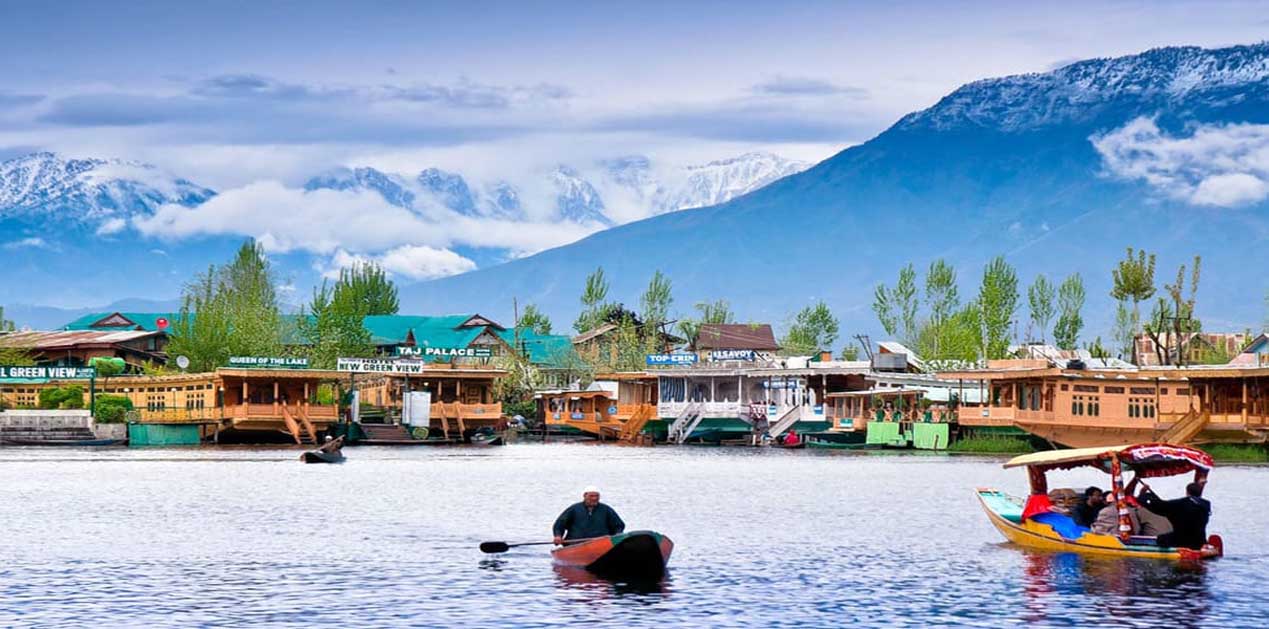
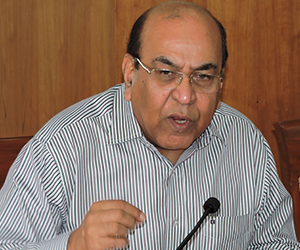
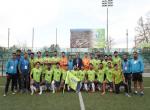
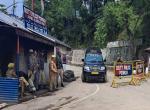

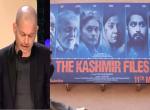
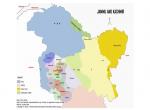
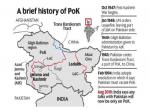
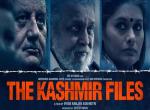
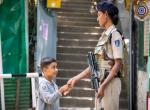
Post new comment